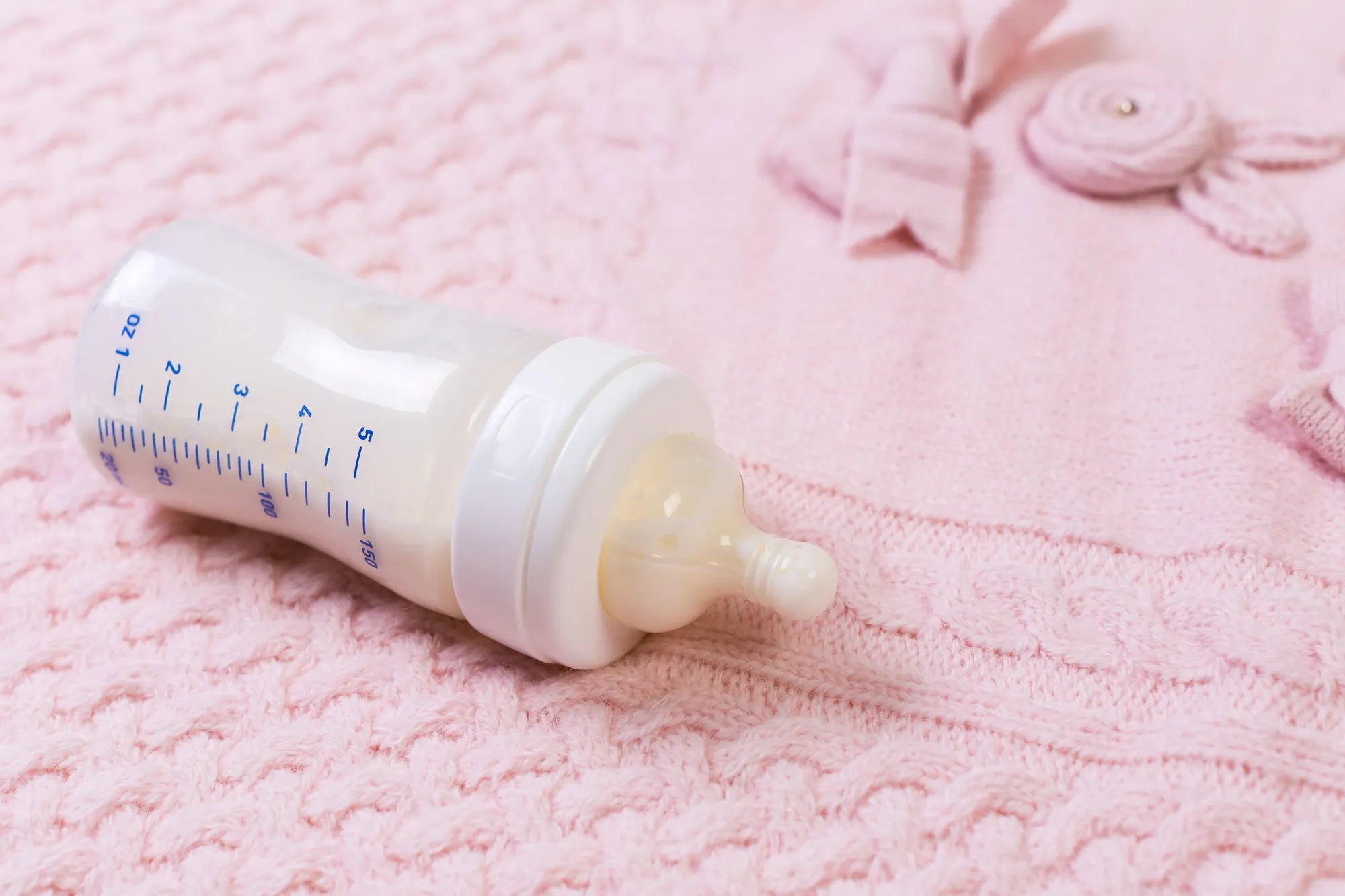Startseite
Pregnancy, Breastfeeding, and Pumping: The Ultimate Guide for Moms
How to Keep Breast Milk After Pumping: Essential Tips and Techniques

How to Keep Breast Milk After Pumping: Essential Tips and Techniques
Breast milk is a precious resource for your baby, providing essential nutrients and antibodies that support their growth and development. For many mothers, pumping breast milk is a necessity, whether due to work commitments, health reasons, or personal preference. However, knowing how to keep breast milk after pumping is crucial to maintain its quality and safety. This article will guide you through the best practices for storing and preserving breast milk, ensuring your baby receives the best nourishment possible.
Understanding the Importance of Proper Storage
Proper storage of breast milk is vital to preserve its nutritional value and prevent contamination. Breast milk contains live cells, enzymes, and antibodies that can be compromised if not stored correctly. By following the right techniques, you can ensure that your baby benefits from all the goodness of your milk.
Choosing the Right Containers
Selecting the appropriate containers for storing breast milk is the first step in the process. Use clean, BPA-free containers specifically designed for breast milk storage. These can include bottles, storage bags, or jars with tight-fitting lids. Avoid using regular plastic bags or containers not intended for breast milk, as they may not provide adequate protection.
Labeling and Dating
Always label your breast milk containers with the date and time of expression. This practice helps you use the oldest milk first and ensures that your baby receives the freshest milk possible. Use waterproof labels or markers to prevent smudging, especially if the containers will be stored in a freezer.
Storing Breast Milk at Room Temperature
Freshly pumped breast milk can be stored at room temperature for a limited time. Ideally, it should be used within 4 hours, but it can last up to 6 hours in a clean, cool environment. Avoid leaving breast milk in direct sunlight or near heat sources, as this can cause it to spoil more quickly.
Refrigerating Breast Milk
If you plan to use the milk within a few days, refrigeration is the best option. Store breast milk in the back of the refrigerator, where the temperature is most consistent. It can be kept in the fridge for up to 4 days, but using it within 2-3 days is recommended for optimal freshness.
Freezing Breast Milk
For long-term storage, freezing breast milk is an excellent choice. Use a deep freezer for the best results, as it maintains a more consistent temperature than a refrigerator freezer. Frozen breast milk can be stored for up to 6 months, though using it within 3 months is ideal. Be sure to leave some space at the top of the container, as breast milk expands when frozen.
Thawing and Warming Breast Milk
When it's time to use frozen breast milk, thaw it safely by placing it in the refrigerator overnight or running it under cool water. Avoid using a microwave to thaw or warm breast milk, as it can create hot spots and destroy valuable nutrients. Once thawed, use the milk within 24 hours and do not refreeze it.
Handling and Transporting Breast Milk
If you need to transport breast milk, use an insulated cooler bag with ice packs to keep it at a safe temperature. Ensure the containers are tightly sealed to prevent leaks. Upon arrival, transfer the milk to a refrigerator or freezer as soon as possible.
Maintaining Hygiene
Hygiene is paramount when handling breast milk. Always wash your hands thoroughly before expressing or handling milk. Clean and sterilize all pumping equipment and storage containers to prevent contamination. Regularly check your storage containers for any signs of damage or wear and replace them as needed.
Monitoring Milk Quality
It's essential to monitor the quality of your stored breast milk. Fresh breast milk may separate into layers, with the cream rising to the top. This is normal and can be mixed by gently swirling the container. However, if the milk smells sour or has an off color, it may be spoiled and should be discarded.
Creating a Storage Routine
Establishing a consistent storage routine can help you manage your breast milk supply effectively. Set aside time each day to pump, label, and store your milk. Keep a log of your pumping sessions and storage dates to stay organized and ensure you always have a fresh supply on hand.
Consulting with a Lactation Expert
If you have any concerns or questions about storing breast milk, don't hesitate to consult with a lactation expert. They can provide personalized advice and support to help you navigate the challenges of pumping and storing breast milk.
By following these guidelines, you can ensure that your breast milk remains safe and nutritious for your baby. Proper storage techniques not only preserve the quality of your milk but also give you peace of mind, knowing that your baby is receiving the best possible nourishment. Whether you're a new mom or an experienced parent, mastering how to keep breast milk after pumping is an essential skill that will benefit both you and your baby.
Teilen


